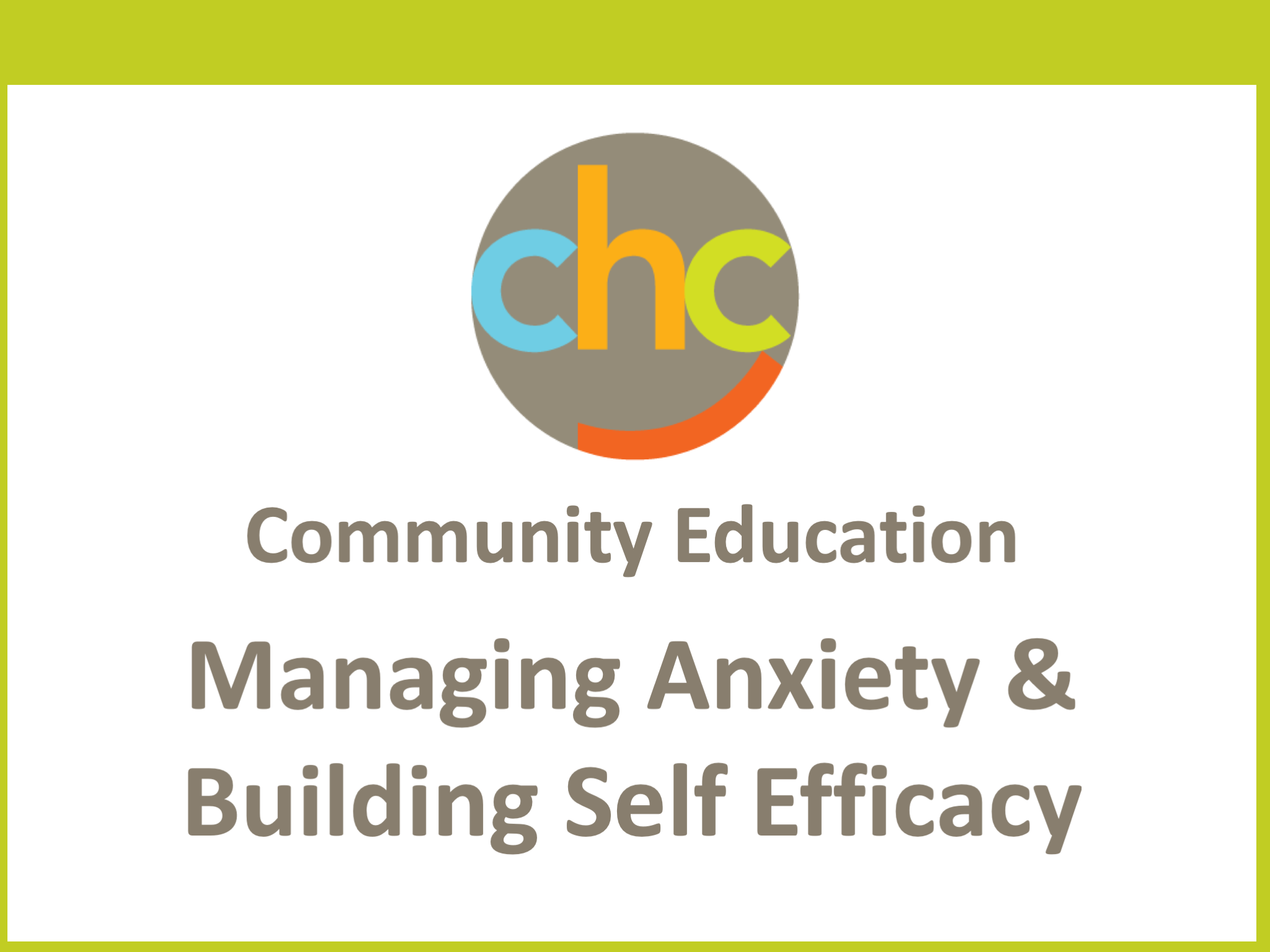 A survey conducted in February by the Pew Research Center found that 70 percent of teenagers identified mental health as a major issue among their peers—a number higher than bullying, drug addiction, or gangs. So with numbers that high, it should be assumed that public school funding would be prioritizing student mental health, but that’s not the case. In fact, too often, it’s our support staff who bears the weight of the financial crises facing public education.
A survey conducted in February by the Pew Research Center found that 70 percent of teenagers identified mental health as a major issue among their peers—a number higher than bullying, drug addiction, or gangs. So with numbers that high, it should be assumed that public school funding would be prioritizing student mental health, but that’s not the case. In fact, too often, it’s our support staff who bears the weight of the financial crises facing public education.
I’ve spent 16 years as a teacher and educational leader. In that time, I’ve seen teaching go from a profession tasked with guiding children and young adults through academic curriculum to one of social and emotional teaching and learning. Twenty years ago, students were concerned with time management and quadratic equations; today they are overwhelmed by social media and stories of school violence.
If public education cannot rely on the fiscal backing of state or federal government to prioritize student social and emotional learning, what are school districts expected to do?
3 cost-free ways districts can support mental health
1. Allow private counselors to meet with students during the school day.
When funding decreases, districts often cut support staff to meet the newly established budgetary constraints. Such cuts lead to the untenable caseloads of school psychologists described above. For many students, academic success will continue to be unattainable as long as their mental health is neglected.
If school districts allowed private therapists to meet with students at school during the day, it would fill clinician’s schedules and come at no cost to the district; the clinicians would bill the students’ insurance for payment. Licensed therapists are already CORIed, so legality of their ability to work with students in the school is already established. Additionally, students would only miss 30 to 45 minutes of class once a week. The schools would simply need to provide the clinicians with a private space to meet with students. This type of system is not much different than allowing probation officers to meet with students at school, and it could solve funding gaps while not sacrificing mental health.
2. Bring mental health programming and advocates into the schools.
Historically, schools have prioritized outside programming centered on substance abuse. Although students must be informed about substance abuse, schools fail to prioritize the underlying factors that can so easily lead to drug use: mental illness. If districts don’t tackle the cause of the abuse, students will never be educated about coping mechanisms and skills to handle the anxiety and depression they feel.
3. Schedule flex blocks for students.
Giving students the opportunity to schedule their own time and check items off the “to-do” list is invaluable. Flex time can be used to engage in non-curriculum seminars and counseling without missing work in academic classes. In schools where I have seen this implemented successfully, students engage in a wide range of activities including group therapy, organizational-skills sessions, and Italian cooking classes.
If we continue to persist with the status quo, in the very near future, we may easily face more than 70 percent of students reporting mental illness as a major issue among peers. Change is frightening and inherently risky, but what’s more risky is allowing mental illness in our schools to go unchecked.
Excerpted from “3 No-Cost Ways to Support Mental Health in Schools” in eSchool News online. Read the full article.
Source: eSchool News | 3 No-Cost Ways to Support Mental Health in Schools, https://www.eschoolnews.com/2019/04/25/support-mental-health | © Copyright 2019 eSchoolMedia & eSchool News
CHC offers free community education sessions for educators Join us to learn practical teaching strategies you can use in your classroom to help more kids reach their promise and potential. Educator sessions are led by experienced educator/clinician teams from Sand Hill School and CHC.





